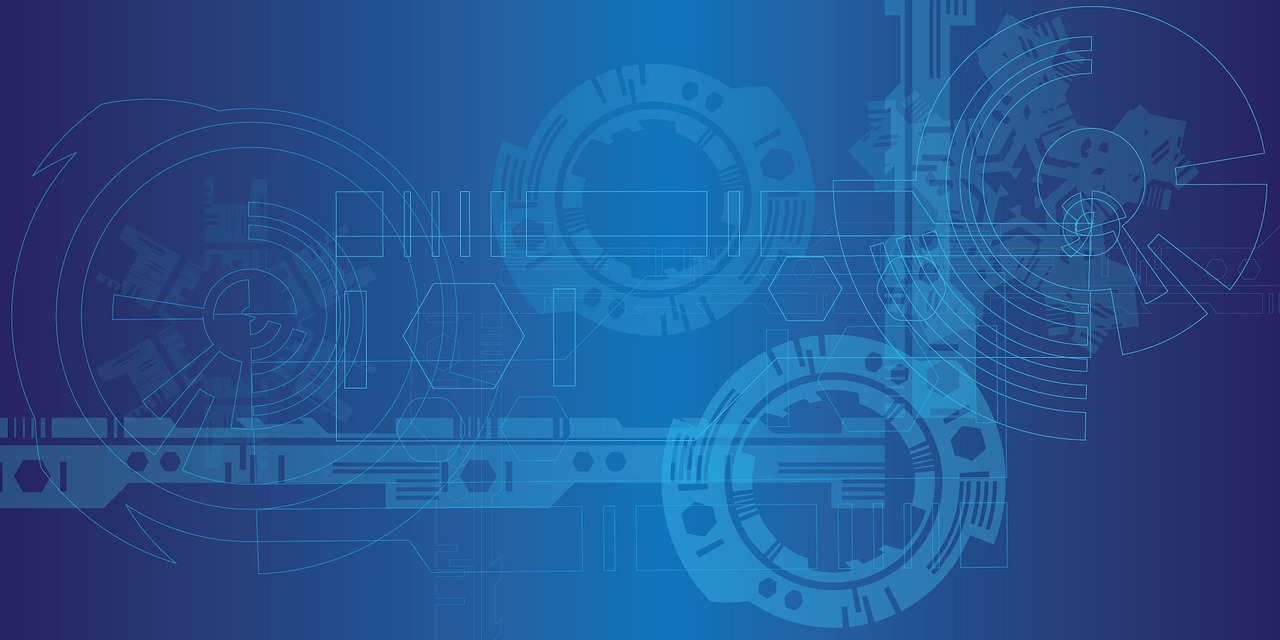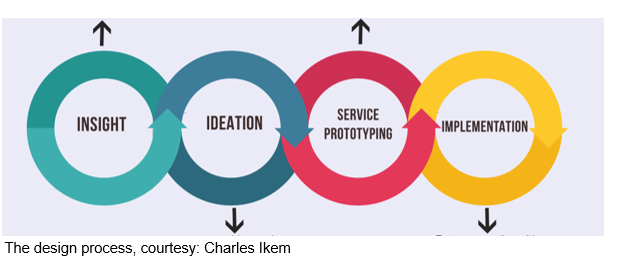By: Charles Ikem
Internet of Things (IoT) is made up of different technologies and components that put together make up a functional system. As new and emerging technologies become mainstream and electronic components and chips become cheaper and more accessible, so are the possibilities to collect meaningful data and solve problems on demand. With various IoT verticals converging to provide solutions: smart city, industry 4.0, logistics and mobility, etc, the promise of artificial intelligence and big data approaches such as deep learning, computer vision and machine learning will expand the potentials of IoT and deepen our understanding of natural and artificial systems and processes.

Sambeet / Pixabay
The Internet of Things is about measuring the physical world. Connected devices will generate and use the data generated to improve services. As these IoT systems continue to advance and make way into consumer’s lives, and lead to industrial automation, the major challenge for engineers, system designers and developers is imagining how to assemble these diverse technologies and component stacks into solutions for consumers and enterprises.
According to the late Steve Jobs, ‘‘design is about connecting things’’. It is primarily about making sure your products connect with users and what they love or want to achieve. Designing with data is not about collecting data for collection sake but knowing what data can be collected, how to derive insights from it in other to improve product/user interaction. In other words, ‘design’ here is about making meaning and enabling action with data.
Design is a plan for action. It simply sets you up like a map to guide your creation and developing a product or service. Design has often been associated with aesthetics and being ostentatious, but that is not always the case. Design could also mean ‘‘how it works’’ or ‘‘how they work together’’.
The design process involves a four-step process – insight, ideation, prototyping and implementation. The process is not linear and so involves many rounds of iteration (going back and forth until the optimal solution or user needs are met).
IoT applications generate lots of data. The main value is in the data. But how might we better create and understand the technical and user context of working with data. What has design got to do with this?
Data models are good and high level. It tells the technical story but rarely the user story. IoT becomes feasible when we can relate to user stories, use cases, work the prototype and the solution and design has a big role in all of this.
Data should provide actionable insights: A connected tumble dryer that alerts you that the clothes are clean enough to avoid using too much water is providing you with actionable insights.
Presenting data in easy to understand & ‘relatable’ format:
Data should clearly communicate to users and the state of the device or service in a way that is easy to understand.
Autonomy: Data can be used to enable systems to function with minimal human input. Example: An autonomous vehicle learns about the parking preferences over time and will search spaces within the city before the journey with option of free/paid parking, set the playlist and adjust the cooling. To work with data you have to understand how data flows around the system you are working with.
Data can come from a single device or network of devices. Sample use cases could be: Use case (networked): A connected car navigation system uses a combination of networked data (live traffic feed), on board reading with GPS and onboard maps. Local processing is applied to find the best route combined with a remote traffic information service.
It can be processed in the Cloud or on the device’s onboard CPU (local processing)
Use case: A robot vacuum cleaner uses data from the onboard sensor with onboard processing to navigate and learn the layout of the room. Data is processed locally such as downloading the floor plan. It can be displayed on the device’s UI or exported to other devices such as a smartphone via local network or the internet.
Popularly, data models in IoT are usually in JSON and XML. JSON is the perfect form to store IoT data because such data can be diverse and allows for easy polling and pushing of data and provides easy interaction with the web and API integration.
Design considerations when working with data:
Context of use: How will user’s relate to/or make meaning from the data in relation to their product/service or environment?
Example: Notifying user’s about their energy consumption patterns in comparison with neighbours’, last summer/winter, etc.
The technology: It is important to understand and choose the right technology to power your system. For example if you are working with a system and offsite like in a construction site where network reliability is an issue. Consider having an edge device that will connect to internet via a gateway that can store data temporarily or having the device use a local network.
Action: What will the data do, how will it be used, will it be fed to the user to act upon or used to drive system action autonomously?
Example: Data can enable users to act by given them action prompts and option to set their daily/weekly energy usage limit or the system can be developed to autonomously act based on data about usage patterns and other third party data such as cutting supply during peak periods, etc.
The idea of design is not to help you store or analyse data but to help you ask some tough questions about what is needed to improve your system and service.
To use insights from data to improve IoT products and service outcomes is what designing with data is all about. Understanding user’s motivations and goals for using the data and using the data in order to serve them back by providing actionable insights. Action is about using the data generated continuously to prompt users to act and make their own choices/preferences or better still, using the data to create highly autonomous systems.
Finally, the design in data is not the collection or storing of data but how to actually generate insights to create products and services that people need, want and value. Create, design and build digital solutions with focus on user needs. Collaborate, solve problems and present solutions.
All information/views/opinions expressed in this article are that of the author. This Website may or may not agree with the same.
 Charles Ikem is a service designer with expertise in UI/UX, interaction design, data science and digital transformation. Charles has worked for CELT, UK, Centre for Technology Entrepreneurship in Italy as well as in South Africa and Nigeria. He holds a Master’s Degree in Design Management from Birmingham City University, UK and a PhD from University of Padova, Italy where he worked on service design applications to Internet of Things. Charles is currently working as an independent consultant for M4ID based in Helsinki.
Charles Ikem is a service designer with expertise in UI/UX, interaction design, data science and digital transformation. Charles has worked for CELT, UK, Centre for Technology Entrepreneurship in Italy as well as in South Africa and Nigeria. He holds a Master’s Degree in Design Management from Birmingham City University, UK and a PhD from University of Padova, Italy where he worked on service design applications to Internet of Things. Charles is currently working as an independent consultant for M4ID based in Helsinki.

